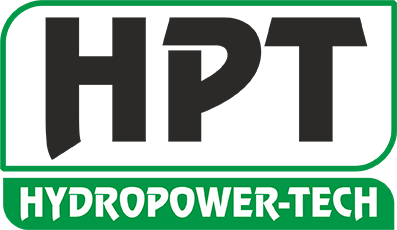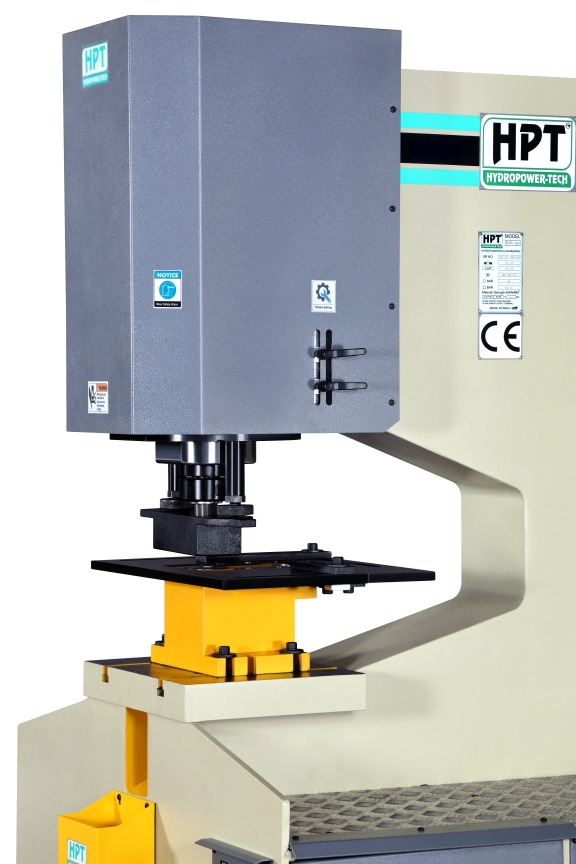Introduction
If you’ve worked in metal fabrication for even a short while, chances are you’ve come across ironworker machines. Known for their ability to handle tough jobs with ease, these machines are an essential part of many workshops. But to really get the most out of them, it helps to understand what each tool on the machine actually does—and why it matters.
In this post, we’re going to take a closer look at three key operations every ironworker is built to perform: punching, shearing, and notching. Each function plays a vital role in shaping, cutting, and prepping metal for further use. Whether you’re just getting started or refining your shop’s process, this guide will help you understand what each tool does best—and how to make the most of it.
Punching: Quick and Precise Hole Making
Let’s start with punching—one of the simplest but most commonly used features of an ironworker. If your job involves drilling a lot of holes through metal, you’ll appreciate just how much time and effort a punching ironworker machine can save you.
Unlike traditional drilling, punching doesn’t chip away at the material—it pushes a punch through the metal, forcing a clean slug out. This process is not only faster but also produces much cleaner holes with less distortion.
So, where does a punching ironworker machine really shine? It’s perfect for making repeated holes in flat bar, angle, and even channel sections. If you’re working on brackets, plates, or beams, this tool can seriously reduce your workload and keep things moving.
One of the best parts? With the right punch and die set, you can change sizes quickly without needing extra machinery. It’s a must-have for any fabricator looking to speed up production without sacrificing accuracy.
Shearing: Clean Cuts Without the Heat
Next up is shearing, which is all about cutting metal quickly and cleanly. If you’ve ever used a saw or torch to slice through a steel bar, you know it’s not the fastest or cleanest method out there. That’s where a shearing ironworker machine comes in.
Shearing works like a giant pair of scissors, cutting through metal without generating heat or sparks. This is especially helpful when you’re working with heat-sensitive materials or tight tolerances. With one swift motion, a shearing ironworker machine can take care of flat bar, round bar, square stock, or even angle iron—no cleanup, no grinding.
HPT’s machines are built to handle a range of thicknesses and profiles. The blades are durable and easy to maintain, making shearing one of the most efficient processes in any shop. Whether you’re cutting parts to length or trimming off waste, this feature helps keep materials moving and projects on schedule.
If you’re handling high volumes of bar stock or structural steel, adding a reliable shearing ironworker machine to your workflow is a smart investment.
Notching: Making Room for Fit-Up and Welding
Let’s talk about notching, the lesser-known but equally important function of your ironworker. When you’re prepping metal parts for assembly—especially at corners or joints—you’ll often need to remove a section so everything fits together properly. That’s where notching in ironworker machines comes into play.
Instead of reaching for a torch or grinder, notching lets you cut precise shapes out of metal quickly. Whether it’s V-notches, corner cuts, or customized openings, notching in an ironworker machine gives you consistent results every time.
This function is especially useful in structural steel work, where you need accurate cuts for beams, channels, or tube sections. Clean notches help with welding, reduce prep time, and eliminate guesswork.
And for those doing more advanced work or higher volumes, a standalone notcher might be worth considering. HPT, as a trusted hydraulic notching machine manufacturer, offers machines designed specifically for this purpose. These models provide added power, more flexibility in notch shapes, and even better precision, perfect for shops that rely heavily on custom work or detailed fabrication.
When your reputation is built on fit and finish, using a machine from a reliable hydraulic notching machine manufacturer can make all the difference.
Why It All Matters
Each of these features—punching, shearing, and notching—serves a different purpose. But together, they make the ironworker one of the most versatile tools you can have in your fabrication setup. Whether you’re making base plates, cutting beams, or shaping frames, there’s a good chance your workflow relies on at least one of these functions.
By understanding what each tool does best, you can work smarter, reduce wear on your equipment, and get cleaner results—all while cutting down on wasted material and labor.
At HPT, we don’t just build machines—we help fabricators solve real problems. Whether you’re buying your first ironworker or upgrading to a more powerful setup, our team can help you find the right combination of tools and attachments. And if notching is a big part of your process, you can count on HPT as your go-to hydraulic notching machine manufacturer for durability and precision.
Final Thoughts
Choosing the right ironworker features for your shop starts with knowing what each one brings to the table. A punching ironworker machine is your best friend for fast, accurate holes. A shearing ironworker machine keeps cutting clean and simple. And notching in ironworker machines—especially when paired with equipment from a trusted hydraulic notching machine manufacturer—helps you tackle complex fit-ups with ease.
Understanding these tools will not only help you get more from your equipment but also save you time, money, and stress on the job.

